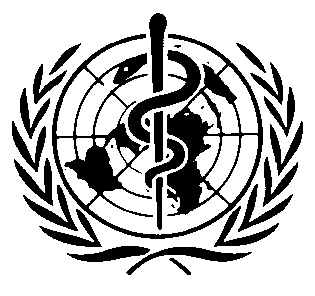International Chemical Safety Cards
| CADMIUM OXIDE | ICSC: 0117 |




CdO Molecular mass: 128.4 
 ICSC # 0117
ICSC # 0117CAS # 1306-19-0 RTECS # EV1925000 UN # 2570 (Cadmium compounds) EC # 048-002-00-0 April 20, 1994 Peer reviewed |
| TYPES OF HAZARD/ EXPOSURE | ACUTE HAZARDS/ SYMPTOMS | PREVENTION |
FIRST AID/ FIRE FIGHTING |
| FIRE |
Not combustible.
Gives off irritating or toxic fumes (or gases) in a fire.
|
|
In case of fire in the surroundings: all extinguishing agents allowed.
|
| EXPLOSION |
|
|
|
| EXPOSURE |
|
PREVENT DISPERSION OF DUST!
AVOID ALL CONTACT!
|
IN ALL CASES CONSULT A DOCTOR!
|
| •INHALATION |
Cough.
Laboured breathing.
Shortness of breath.
Symptoms may be delayed (see Notes).
|
Closed system and ventilation.
|
Fresh air, rest.
Half-upright position.
Refer for medical attention.
|
| •SKIN |
Redness.
|
Protective gloves.
|
Remove contaminated clothes.
Rinse skin with plenty of water or shower.
|
| •EYES |
Redness.
Pain.
|
Safety goggles,
or eye protection in combination with breathing protection if powder.
|
First rinse with plenty of water for several minutes (remove contact lenses if easily possible), then take to a doctor.
|
| •INGESTION |
Abdominal cramps.
Diarrhoea.
Nausea.
Vomiting.
|
Do not eat, drink, or smoke during work.
Wash hands before eating.
|
Rinse mouth.
Refer for medical attention.
|
| SPILLAGE DISPOSAL | STORAGE | PACKAGING & LABELLING | ||
|
Vacuum spilled material.
Carefully collect remainder,
then remove to safe place.
Do NOT let this chemical enter the environment.
(Extra personal protection: P3 filter respirator for toxic particles).
|
Separated from
acids,
food and feedstuffs, magnesium.
|
Unbreakable packaging; put breakable packaging into closed unbreakable container.
Do not transport with food and feedstuffs.
Severe marine pollutant. Note: E T symbol R: 49-22-48/23/25 S: 53-45 UN Hazard Class: 6.1 |
||
| SEE IMPORTANT INFORMATION ON BACK | ||||
|
||||
